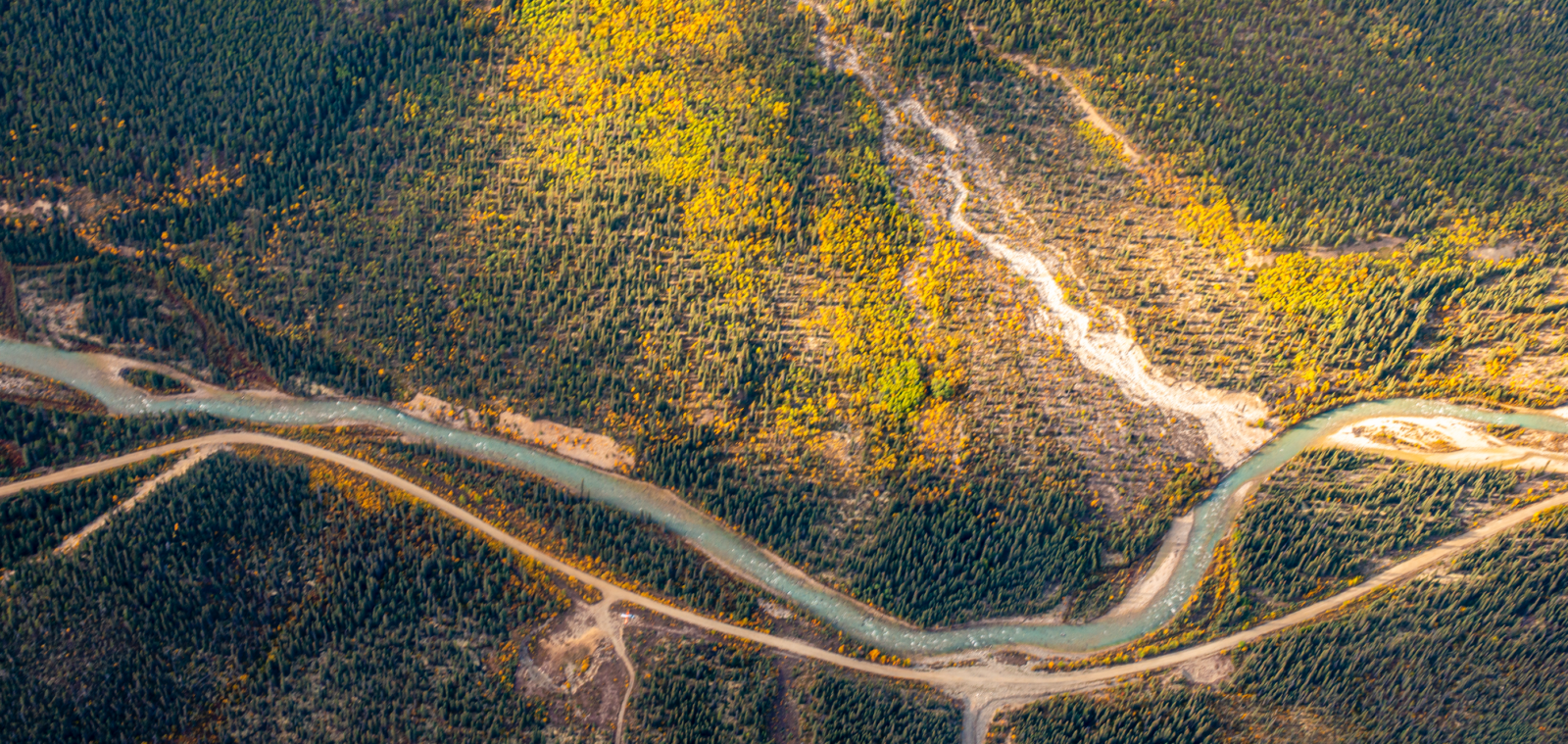
The impact of permafrost thaw on northern indigenous communities
People from communities across the North describe the impacts of climate change in their own words.
The Canadian Climate Institute commissioned a report, The Impacts of Permafrost Thaw on Northern Indigenous Communities, to assess how climate impacts to infrastructure are affecting life for Indigenous Peoples across Northern Canada.
The Firelight Group is an Indigenous-owned consulting firm with a history of working with Inuit, First Nations, and Métis communities and governments across Northern Canada. For the Due North report, the Firelight team interviewed people in six communities across Northern Canada about their experiences with infrastructure impacted by climate change.

Participants in the interviews described an acute awareness of environmental changes. They noted significant changes in wildlife and plant life, shifts in temperature and precipitation patterns, and changing ice and permafrost conditions. They have also observed shifts in weather patterns, and in particular in the way seasons are changing.
“… right now, here we are in October 14th and normally we have snow here, but now it’s just sunshine and +8 right now. We haven’t had any snow here at all, and normally it freeze up here on the lake.” —Northwest Territories participant
Many participants described observing permafrost thaw. Infrastructure damage from permafrost thaw represents a significant threat to Indigenous communities. Due North finds that damage to infrastructure can have knock-on effects for community food security, safety, transportation, health, education, employment opportunities, and culture.
Participants pointed out that permafrost thaw is affecting the quality of transportation infrastructure. Damaged roads are making it more difficult for them to travel and are creating safety risks. Damage to roads is also limiting access to food, essential supplies, and medical services.
“The pavement, especially the new pavement, it gets hot and melts what’s underneath it, and then it just collapses. There’s a few roads in town where you could tell a section of the road has collapsed. … You have that all over town.” —Nunavut participant
The impacts of permafrost thaw on household and community infrastructure have major repercussions for communities. Participants also described impacts to homes and buildings in their communities, including increased costs of construction, maintenance, and insurance. One participant noted their experience as a homeowner in Iqaluit.
“The biggest impact that permafrost thaw has had on me is probably my house shifting … my drywall, especially around my windows, has cracked … But yeah, the insurance doesn’t cover it, and how I just deal with it, I just make the repairs.” —Nunavut participant
Beyond infrastructure impacts, participants have also experienced permafrost thaw as a significant barrier to on-the-land activities that are essential for food security and cultures of Indigenous communities.
“Often, I think of the changes I have seen and it [climate change] really alters everything, not only the environment, it changes the landscape, it changes the habitat … it’s changing everything.” —Ontario participant
Thawing and unstable ground are also making it more difficult to travel on the land, impacting the use and transfer of Indigenous Knowledge.
“… I have four great-grandchildren, and I’m worried about their livelihood … The understanding of the land … is starting to disappear.” —Nunavut participant
Read the full report, The Impacts of Permafrost Thaw on Northern Indigenous Communities, from the Firelight Group.
Download the report
RElated content
Stay connected
Get the next report in this series
Sign up to receive future research in the Costs of Climate Change series, and timely policy insights from experts at the Canadian Climate Institute.
